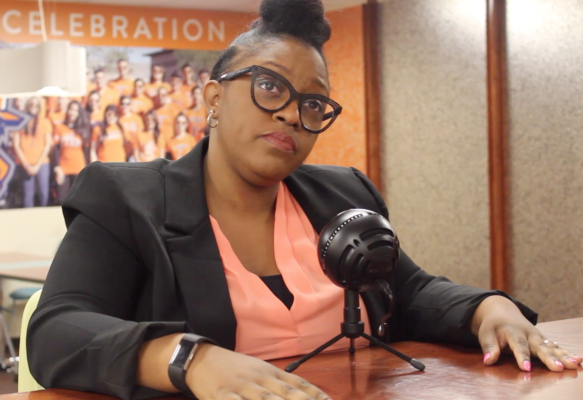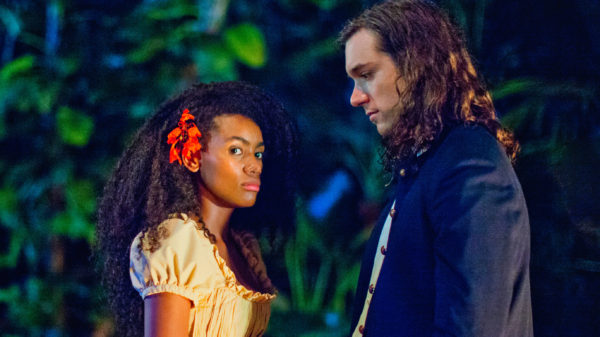Light pollution improved in El Paso, but more can be still be done
|
Dark Sky advocates say that El Paso’s 14-year-old light pollution ordinance has made a difference for stargazing in the Sun City. “I’m happy to say that the light pollution in El Paso is practically gone,” said Marcia Turner, a community activist who helped push for the 2005 city ordinance that required changes in municipal and business lighting practices to help keep the stars visible in the night sky. Before the Dark Sky ordinance, Turner said stores would often compete for business by using bright lights which not only added a heavy amount of light pollution but made it difficult for people’s eyes to adjust. “Notice the stars that you can see now, that you couldn’t before,” Turner said. In 2003, scientists at the McDonald Observatory in Fort Davis, Texas, reported that they could see El Paso’s light pollution even though they were 200 miles away.



